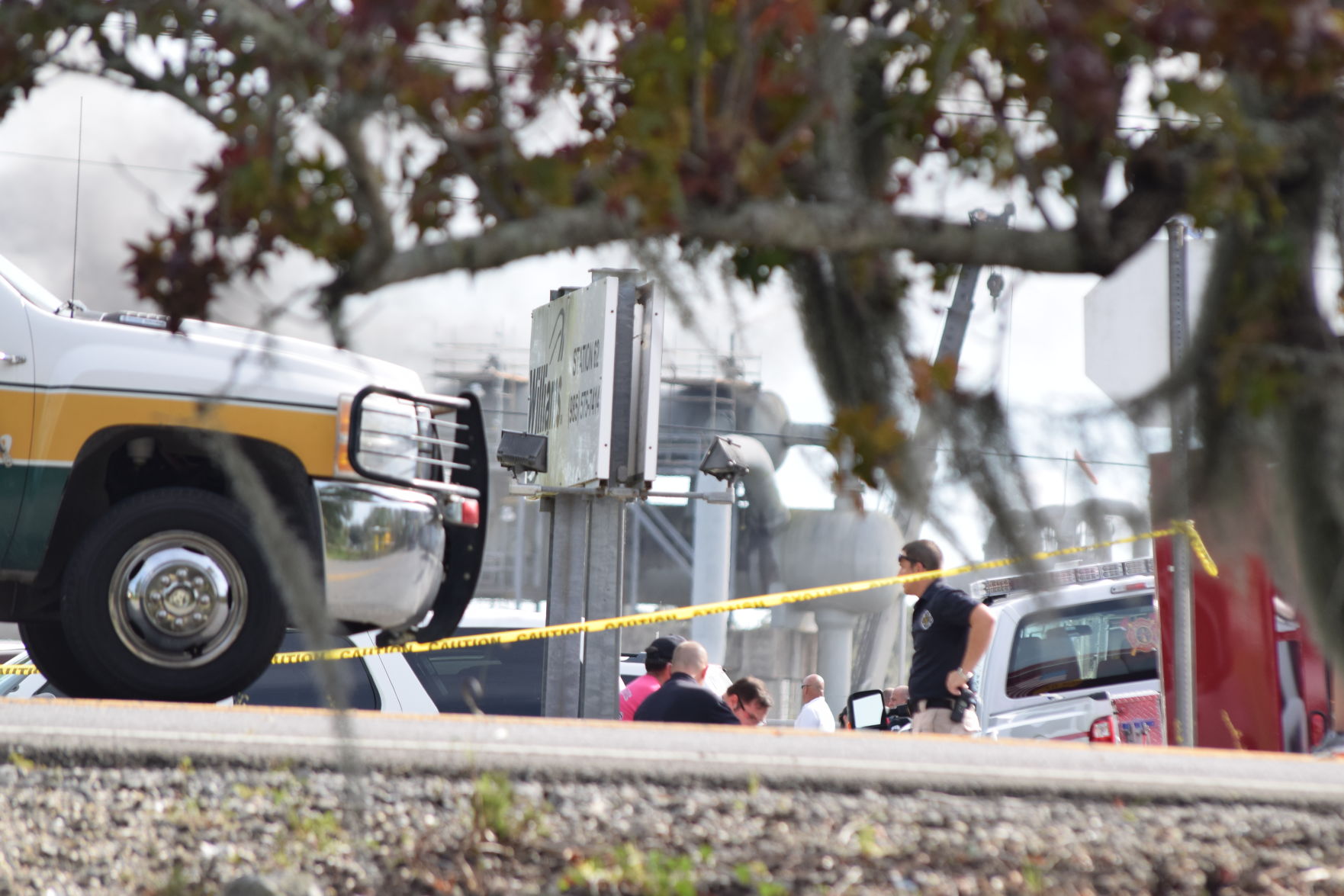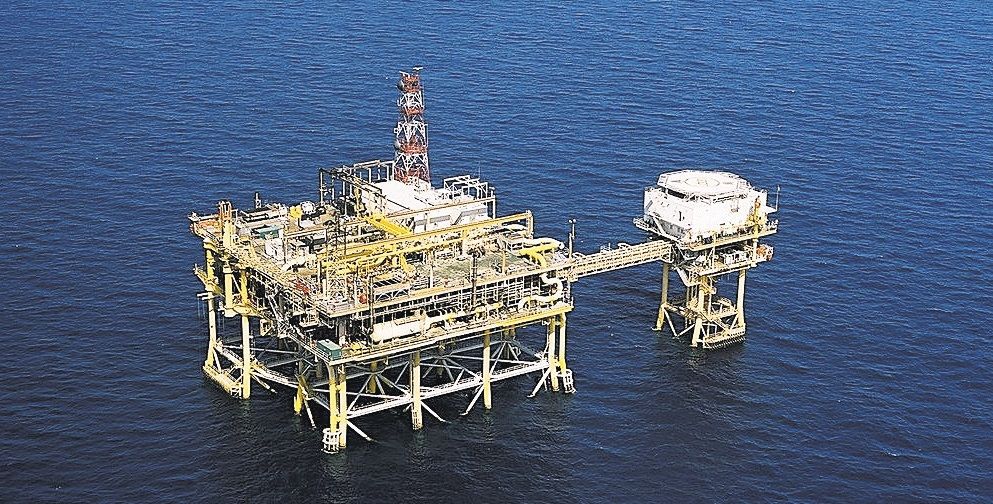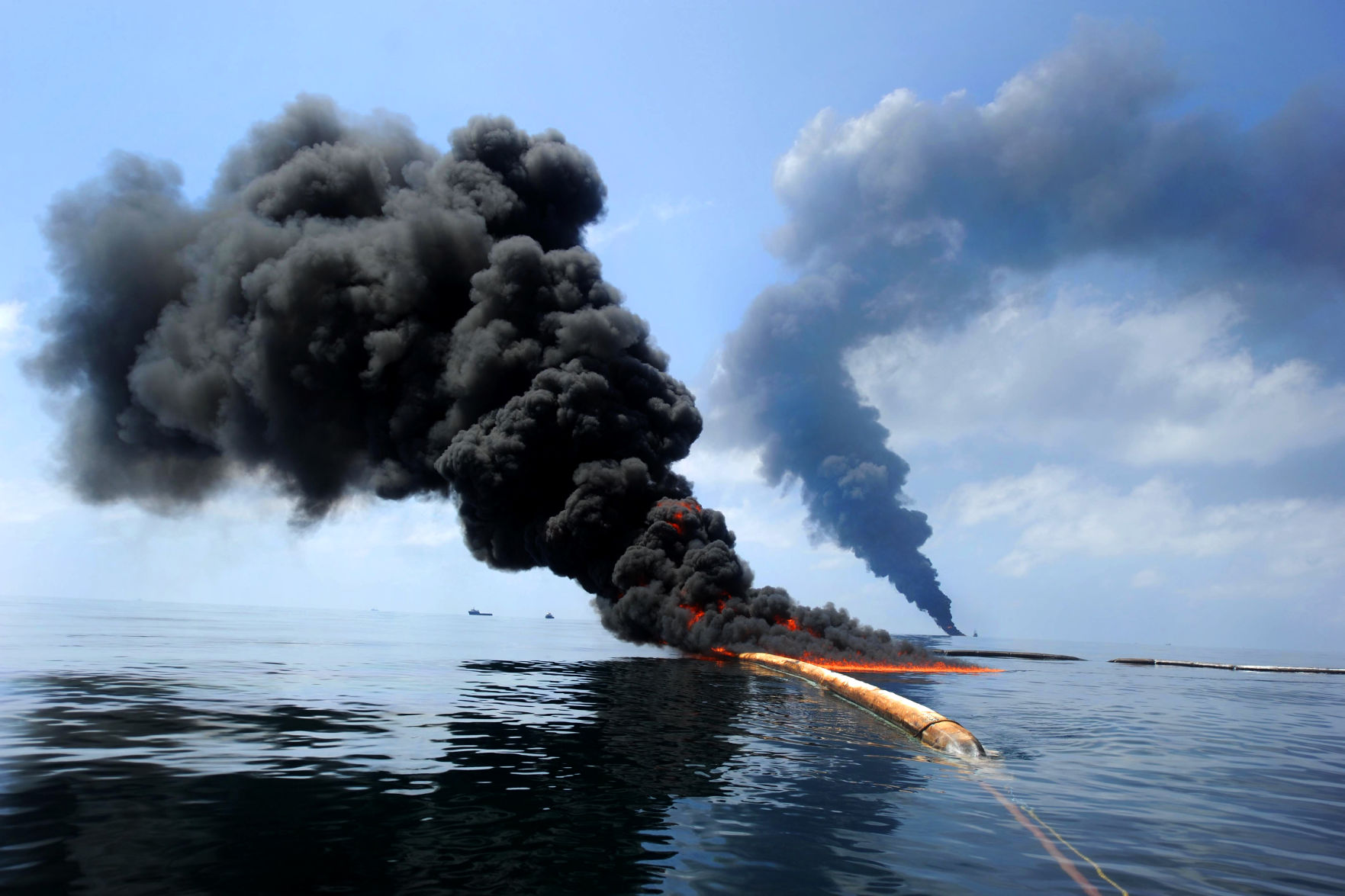
1 year later at Williams: Feds blast company for deadly explosion
September 28, 2016
LOOP moves industry forward
September 28, 2016Six years after the Deepwater Horizon rig explosion and resulting gusher of underwater oil strafed Gulf of Mexico waters, government programs funded by the responsible party, oil giant BP, are slowly taking shape.
Individual payees who are involved in litigation against BP are receiving payments in connection with settlements that have been reached, although attorneys report that they are slow in coming.
The April 20 explosion resulted in precautionary closures of commercial and recreational fishing areas across the Gulf of Mexico, and oil from the blast location – about 60 miles south of Venice – traveled to the outer marshes of Terrebonne and Lafourche, as well as the beach on Grand Isle. Disruptions to fishing continued until after the blown well was capped five months later.
A civil settlement under court supervision includes:
• $8.1 billion for natural resource damages (NRD) (includes $1 billion already allocated under an early restoration framework
• Up to $700 million additional payments for unknown conditions and adaptive management;
• $5.5 billion for Clean Water Act (CWA) civil penalties (subject to the RESTORE Act);
• $350 million to reimburse federal and state assessment costs, including $37 million to establish and maintain a Gulfwide environmental data management system; and
• $250 million to reimburse response and removal costs
The latest movement on the settlement payout end for environmental restoration is announcement of a $328 million restoration strategy for Gulf-area agricultural lands, developed through the U.S. Department of Agriculture. (USDA)
Under Secretary for Natural Resources and Environment Robert Bonnie announced the three-year strategy at a press conferencein Carriere, Miss., designed to improve water quality and help coastal ecosystems heal.
The strategy will guide how USDA will steer conservation efforts on private lands in priority areas of the Gulf of Mexico region. As Gulf Coast Ecosystem Restoration Council, or RESTORE Council, USDA will work in partnership with the five Gulf States including Louisiana, other federal agencies, and landowners to explore opportunities for how the money can complement existing programs receiving BP settlement money.
The site of Bonnie’s announcement was a working forest where the landowners have worked with USDA’s Natural Resources Conservation Service to adopt a variety of conservation practices “to improve water quality downstream.”
“We’re working side-by-side with farmers, ranchers and forest landowners to improve their operations while taking care of natural resources in the region,” Bonnie said. “With most of the land in the region privately owned, working lands on the Gulf Coast are pivotal to the region’s recovery.”
As part of the National Resource Council’s Gulf of Mexico Initiative, the plan this three-year plan directs money from the annual Farm Bill approved by Congress for conservation “to key coastal counties where they can have the best returns.” From now through 2018, NRCS will help agricultural producers plan and implement conservation improvements to 3.2 million acres in priority areas, which ultimately result in cleaner water and healthier ecosystems. The programs include the government’s Environmental Quality Incentives Program, Conservation Stewardship Program and Agricultural Conservation Easement Program.
“This targeted strategy focuses on improving and increasing water, restoring coastal ecosystems and leveraging local, state and federal partnerships in more than 200 Gulf-area counties and parishes,” the program announcement says.
The activities will include money for managing for nutrients, using no-till, planting cover crops, installing grade stabilization structures and water control structures. These practices trap and control pollutants like sediment and nutrients, reduce erosion and improve nutrient management that will positively affect water quality through aquifers in Louisiana, as well as Mississippi and Alabama.
Through a variety of programs integral to this Gulf of Mexico Initiative, NRCS works with Gulf producers to restore and enhance ecosystems, such as using prescribed burning, establishing trees and shrubs, managing wetland and upland habitats for wildlife. The Gulf region is home to longleaf pine forests and other unique ecosystems, and producers using these practices are restoring and enhancing them. Nearly 70 percent of continental United States is privately owned, making conservation efforts on farms, ranches and forests crucial to many species.
The strategy builds on the agency’s successful Migratory Bird Habitat Initiative, which was launched just after the oil spill and helped producers create 470,000 acres of alternative habitat for birds migrating south. This effort tremendously benefited birds, demonstrated by research by Mississippi State University that found lands with conservation practices had more birds and biodiversity.
The strategy accounts for USDA’s leadership role as Chair of the RESTORE Council and Trustee of the Natural Resource Damage Assessment, and the USDA commitment to supporting their comprehensive Gulf restoration strategies by leveraging investments through GoMI and other Farm Bill programs. It also builds on USDA’s existing $100M partnership with the National Fish and Wildlife Foundation (NFWF) announced in 2014. In addition, NRCS and NFWF each plan to invest an additional $5 million in the five Gulf States over the next five years as part of an ongoing agreement between the two groups.
Conservation improvements have already begun over more than 84 million acres since the spill, through 2015. •










